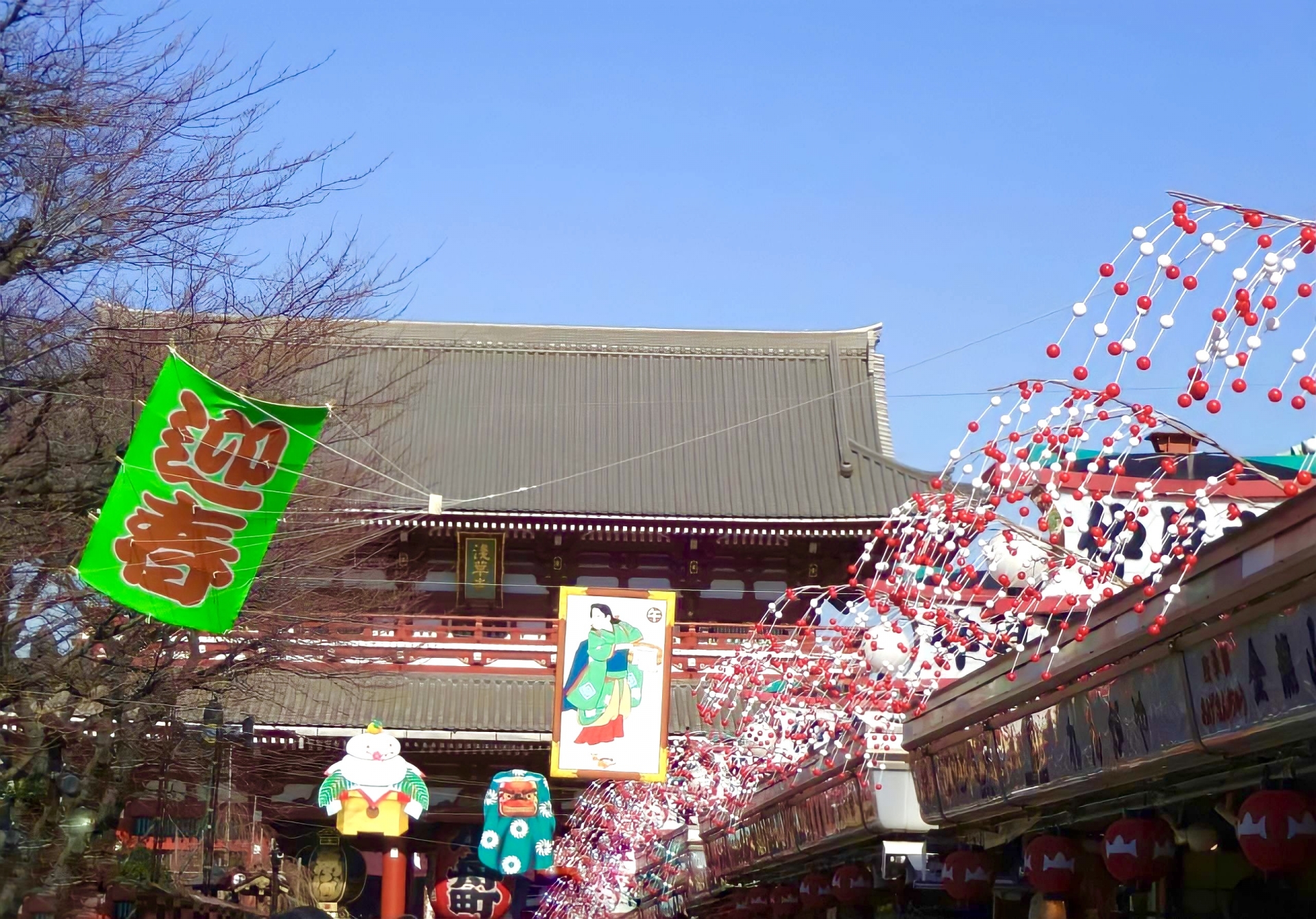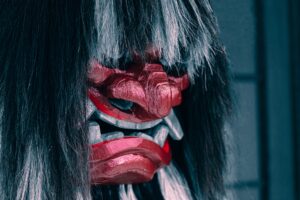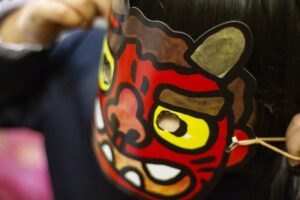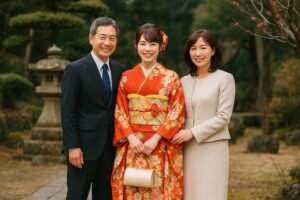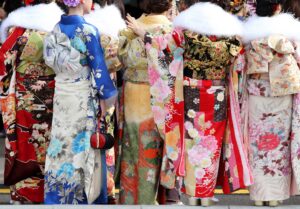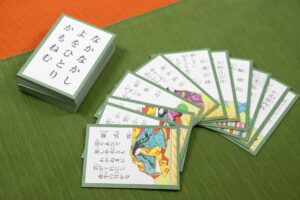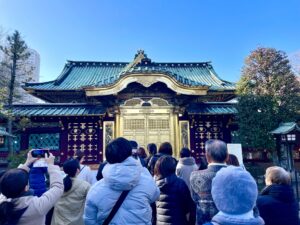New Year in Japan is a rare chance to experience “hatsumōde,” the first visit of the year to a shrine or a temple. This guide explains—in clear, traveler-friendly terms—the differences between Shinto shrines and Buddhist temples, what typically happens between January 1–3, how to choose the right place for your goals, and the exact etiquette to follow. You’ll also get practical tips on the best time to go, how to avoid crowds, what to bring, and what photo-worthy moments to expect.
What is Hatsumōde?
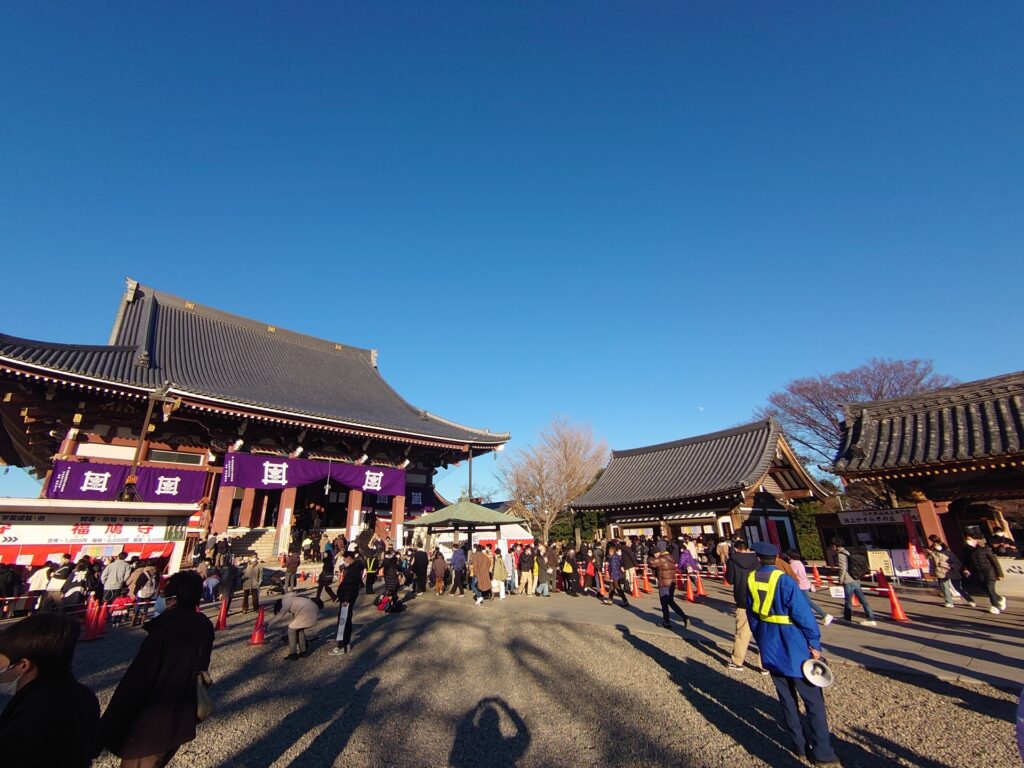
Hatsumōde (初詣) is Japan’s cherished New Year tradition: the first visit of the year to a shrine or temple. Between January 1 and 3, millions of people across the country step through sacred gates to pray for health, happiness, and prosperity in the coming year. Some even begin at midnight on December 31, when temple bells ring 108 times to cleanse worldly desires—a Buddhist ritual known as Joya no Kane.
Visitors approach this outing not just as a spiritual act, but also a cultural event, often shared with family and friends. At a shrine or temple, people make offerings, bow, and pray, then draw paper fortunes (omikuji) or purchase lucky charms (omamori). These tokens are believed to protect against misfortune or attract blessings for study, business, or love.
Crowds are an inevitable part of the experience—especially at famous locations like Meiji Shrine in Tokyo or Fushimi Inari in Kyoto, which welcome millions of worshippers. Yet lines are surprisingly orderly. Temples and shrines usually stay open around the clock from New Year’s Eve through the first few days of January, allowing flexibility.
Regional customs vary slightly: in Kyoto, temple visits are more common, while in Tokyo, Shinto shrines dominate. Regardless of where you go, hatsumōde symbolizes renewal, gratitude for the past year, and hope for the future.

Shrine vs Temple: Understanding the Differences
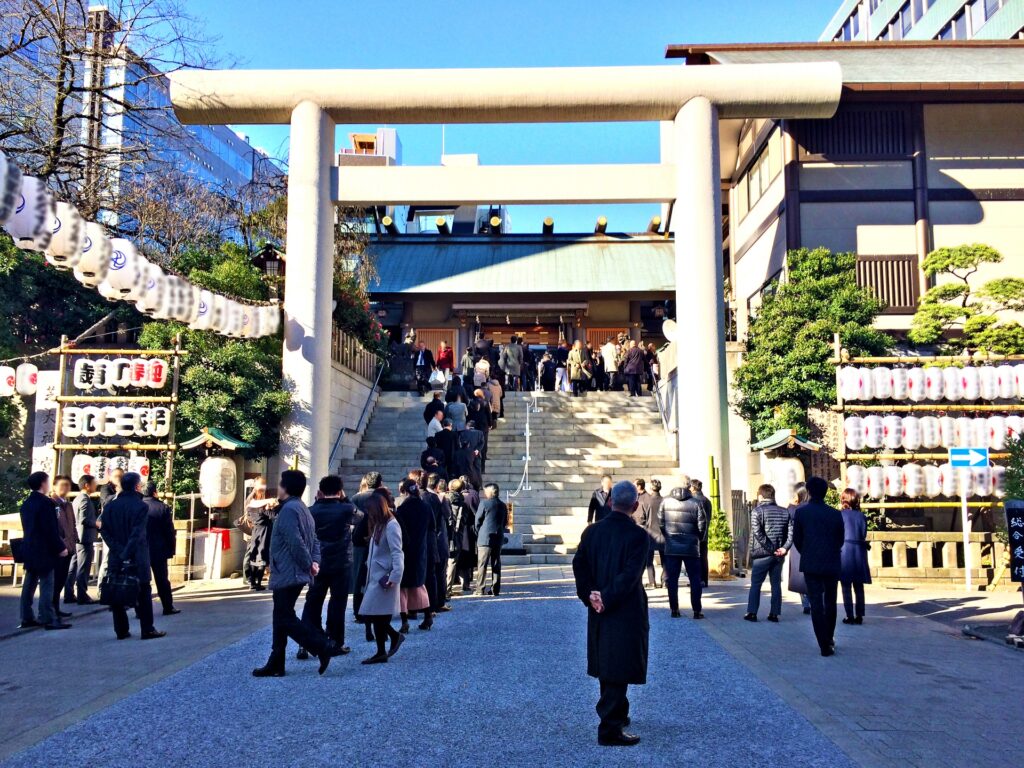
In Japan, shrines (jinja) and temples (tera or otera) serve as distinct yet harmonious pillars of spirituality. Shrines belong to Shinto, Japan’s indigenous faith centered on kami—spirits of nature, ancestors, or abstract forces like success and love. Temples, on the other hand, belong to Buddhism, which arrived from China via Korea in the 6th century and focuses on enlightenment through compassion and mindfulness.
Visually, the difference is easy to sense. Shrines are bright, often vermilion, marked by torii gates, shimenawa ropes, and komainu (guardian lion-dogs). You’ll smell cedar and hear clapping prayers. Temples, by contrast, are subdued and meditative—defined by sanmon gates, pagodas, and the earthy scent of burning incense.
Historically, these two traditions intertwined for centuries. Many sites even house both Shinto and Buddhist elements—a reflection of Japan’s layered spirituality, where reverence matters more than religious exclusivity. This is why a traveler can visit both a shrine and a temple in one day without contradiction.
Architectural & Symbolic Cues You Can Use
If you’re unsure whether you’re entering a shrine or a temple, use these simple visual cues. They’re especially helpful when exploring less touristy neighborhoods or countryside spots.
| Shrine (Shinto) | Temple (Buddhist) |
| Vermilion torii gate marks the entrance | Massive sanmon gate made of dark wood |
| Shimenawa rope with white paper streamers | Incense burner (jōkoro) at the front |
| Komainu (lion-dog statues) guard the path | Buddha statues or Kannon figures inside |
| Visitors clap twice and bow twice | Visitors offer silent prayers and bow once |
| Sell omamori, ema, and hamaya arrows | Offer incense, sutras, and bell ringing |
| No pagoda | Often features a pagoda or hall for worship |
At shrines, you’ll often feel a lively, festive energy. At temples, the mood tends to be contemplative, sometimes accompanied by deep bell tones and chanting monks.
Religious Significance and Rituals
At the heart of these traditions are two spiritual frameworks. Shinto views the world as inhabited by countless kami—gods or spirits residing in nature, family, and daily life. Worship focuses on purification, gratitude, and renewal. The typical ritual at a shrine involves tossing a coin, bowing twice, clapping twice to draw attention from the kami, and bowing once again.
Buddhism, meanwhile, teaches the impermanence of life and the pursuit of enlightenment. At temples, visitors offer incense, bow, and meditate silently. During New Year’s Eve, the resonant ringing of bells 108 times (Joya no Kane) symbolizes the cleansing of human desires, ushering in peace of mind for the new year.
Each visit expresses a different intention: shrines connect you with life’s blessings; temples invite reflection on life’s transience. Many Japanese people visit both—shrines to begin the year with hope, temples to close it with gratitude.
Which to Visit at New Year: Shrine or Temple?
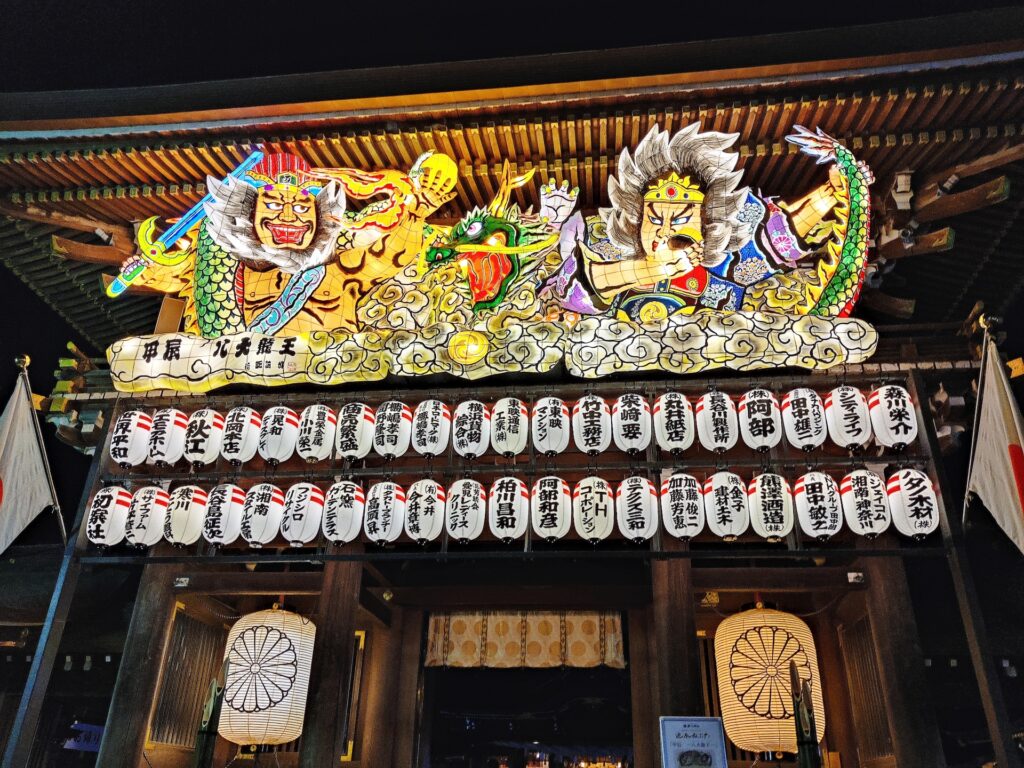
Choosing between a shrine and a temple depends on what kind of experience you’re seeking.
If you want energy, color, and community, a Shinto shrine might be best. Expect bustling crowds, food stalls, bright decorations, and lively applause echoing in the cold morning air. Shrines are where people pray for success, good luck, and new beginnings.
If you prefer quiet reflection and depth, a Buddhist temple offers a calmer, more meditative atmosphere. The soft scent of incense, rhythmic chants, and the profound sound of the bell create an environment for spiritual cleansing and gratitude.
In general:
Families with children → Shrines (fun, festive)
Photographers → Shrines (vivid red, torii gates, crowds)
Those seeking calm or meaning → Temples
Business travelers → Shrines known for prosperity (like Kanda Myojin, Tokyo)
Cultural enthusiasts → Both, ideally in sequence
There’s no wrong choice—many locals visit both within the same week to balance wish and reflection.
Crowd Levels & Best Time to Go
Crowds are part of hatsumōde’s charm, but smart timing makes a huge difference.
| Date & Time | Crowd Level | Best Strategy |
| Dec 31 (11pm–1am) | Extremely crowded | Go early to witness Joya no Kane bell ringing |
| Jan 1 (morning–afternoon) | Peak | Expect long lines; best for atmosphere |
| Jan 2 (morning) | Moderate | Quieter; ideal for families or photographers |
| Jan 3 (afternoon–evening) | Light | Best for relaxed visits |
| After Jan 4 | Minimal | Locals only; calm experience |
If you wish to avoid the rush, consider “saisaki-mōde”, an emerging trend where people visit before New Year’s Eve to pray early and avoid congestion.
Purpose of Your Visit: What Are You Hoping For?
Different sites specialize in different kinds of blessings. For instance:
Business success → Kanda Myojin (Tokyo)
Academic achievement → Tenmangu Shrines (nationwide)
Safe childbirth & family health → Suitengu (Tokyo)
Traffic safety → Naritasan Shinshoji Temple (Chiba)
Love & relationships → Tokyo Daijingu or Enoshima Shrine
If your goal is more reflective—such as remembering ancestors or finding peace—temples provide a deeper spiritual context. Offer incense and bow silently, letting the moment sink in.
Remember: what matters most is not where you go, but why. Setting your intention clearly before your visit aligns your experience with the Japanese spirit of mindfulness.
Visiting Etiquette: Do’s & Don’ts for New Year Visits
Understanding the proper steps shows respect for local customs.
| Shrine (Shinto) | Temple (Buddhist) |
| 1. Bow once before passing through the torii gate. | 1. Bow lightly before entering the sanmon gate. |
| 2. Purify hands and mouth at the temizuya. | 2. Wash hands similarly if a water basin is provided. |
| 3. Toss a coin (usually ¥5). | 3. Offer incense or flowers. |
| 4. Bow twice, clap twice, bow once. | 4. Join hands and pray silently. |
| 5. Step aside for the next person. | 5. Step aside quietly after praying. |
Do not walk down the center of the approach path—it’s reserved for deities. Avoid loud conversations, flash photography in sacred areas, or tossing coins aggressively. If unsure, observe others first; the flow is intuitive and respectful.
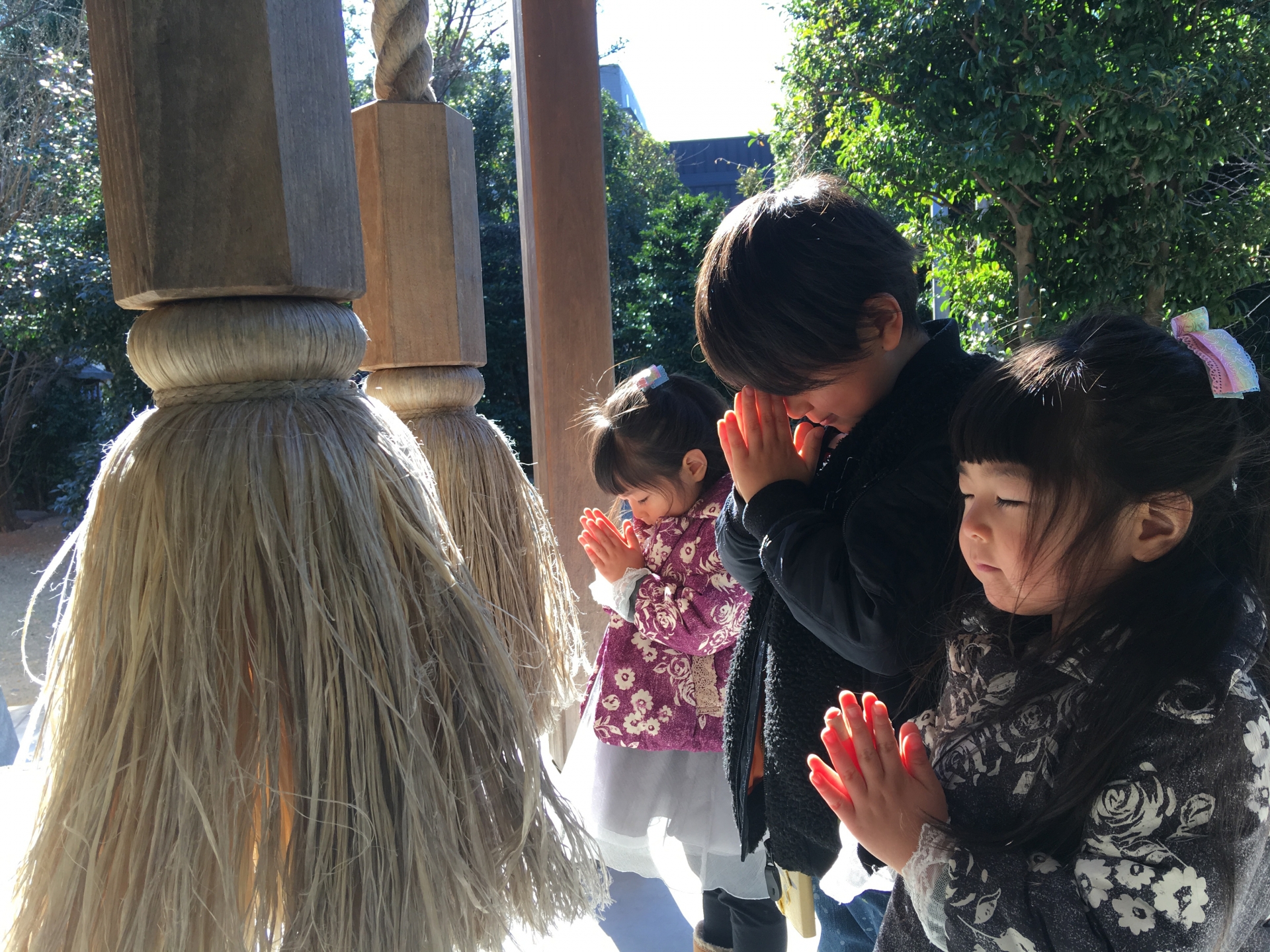
What to Expect: Experience Highlights at New Year
The New Year atmosphere in Japan is both festive and reverent. Bright decorations of pine (kadomatsu) and bamboo line entrances, food stalls sell sweet sake (amazake) and grilled treats, and people write wishes on wooden plaques (ema) shaped like zodiac animals.
At temples, you’ll hear the 108 bell chimes on New Year’s Eve. At shrines, you’ll see a sea of visitors dressed in winter coats, each taking turns to pray. Photographers will find rich visual moments: the first sunrise behind a torii gate, smoke from incense curling in the cold air, or the glow of lanterns at dusk.
Keep an eye out for omikuji fortunes—they come with English translations at many major sites. If you draw bad luck, simply tie it to a designated rack and let the wind carry it away.
Practical Travel Tips for Foreign Visitors
Bring coins (¥5, ¥10, ¥50, ¥100) for offerings.
Dress warmly—temperatures often drop below freezing at midnight.
Plan transport carefully; some train lines run late on Dec 31–Jan 1.
Visit local shrines—smaller ones offer intimacy and fewer crowds.
Follow photo etiquette: no flash in main halls; avoid photographing others in prayer.
Key phrases:
Akemashite omedetō gozaimasu! (Happy New Year!)
Kotoshi mo yoroshiku onegai shimasu (Let’s have a good year ahead.)
A growing trend, saisaki-mōde, encourages visiting in late December to avoid congestion—ideal for travelers with tight itineraries. Accessibility is generally good, but check for wheelchair access or multilingual signage in advance.
Packing essentials: gloves, portable charger, small towel (for purification), and camera with night mode.
Conclusion: Make Your First Visit Memorable
Whether you choose a shrine or a temple, your hatsumōde experience will be unforgettable. Shrines channel the energy of new beginnings; temples invite introspection and peace. Many locals visit both, blending joy with reflection—a perfect metaphor for life in Japan.
Go early, stay mindful, and take in the sights, sounds, and warmth of the season. Your visit isn’t about following rituals perfectly; it’s about starting the year with gratitude and curiosity.
As you bow before the altar, take a deep breath—the moment connects you not just with Japanese tradition, but with your own hopes for the year ahead.

